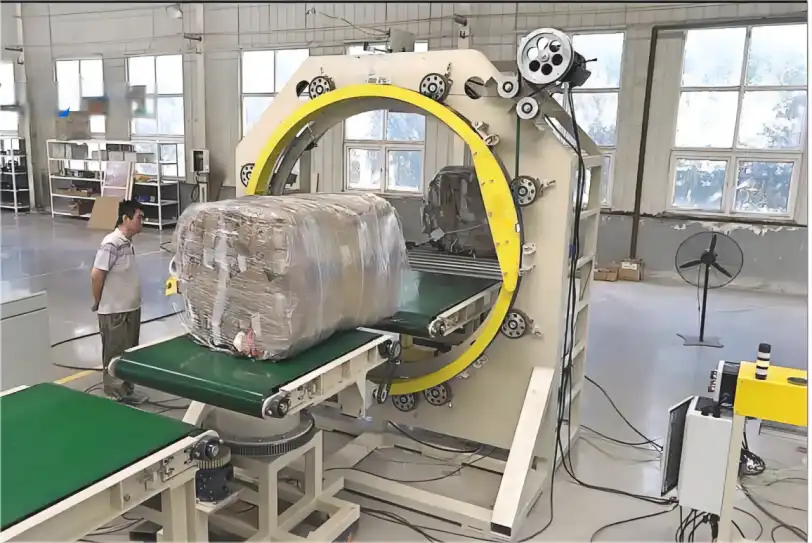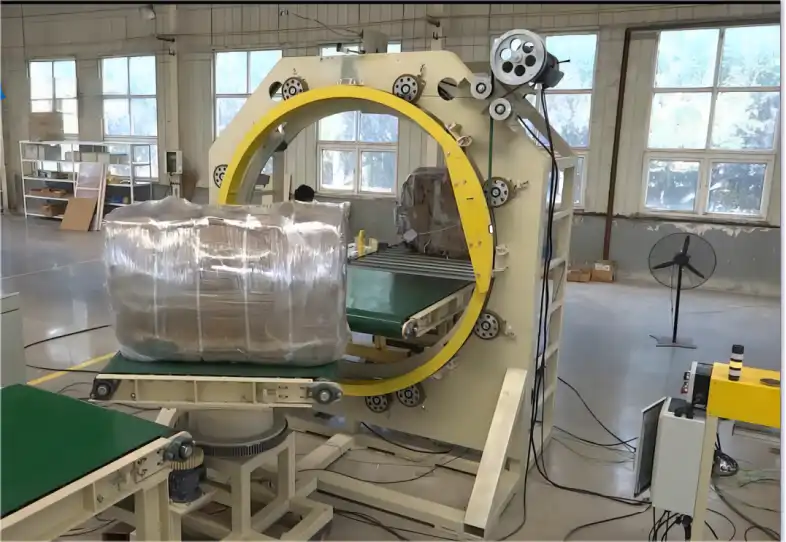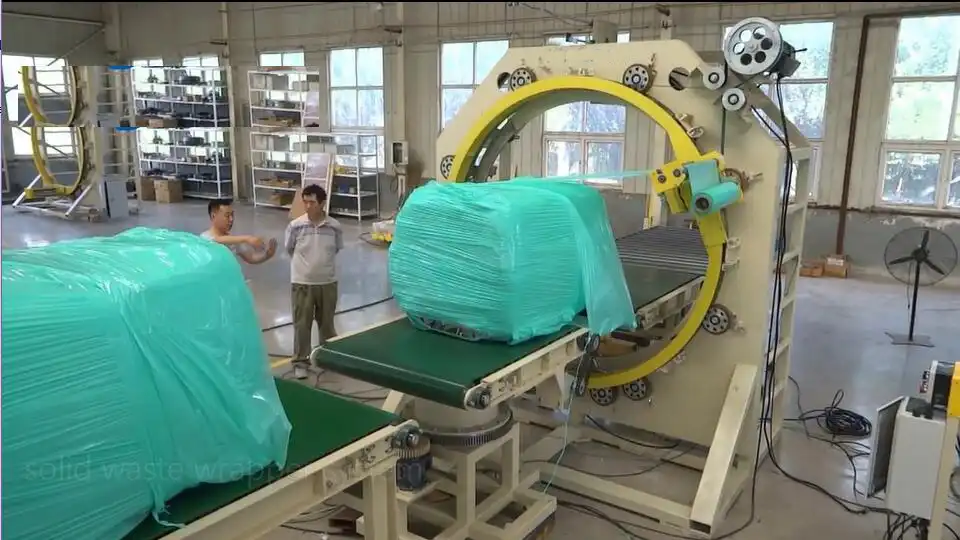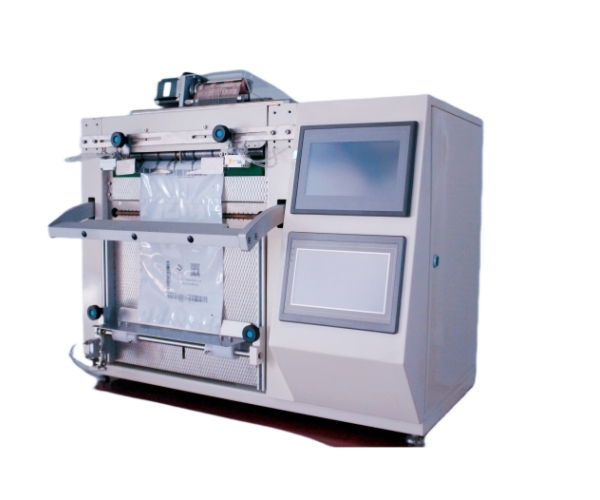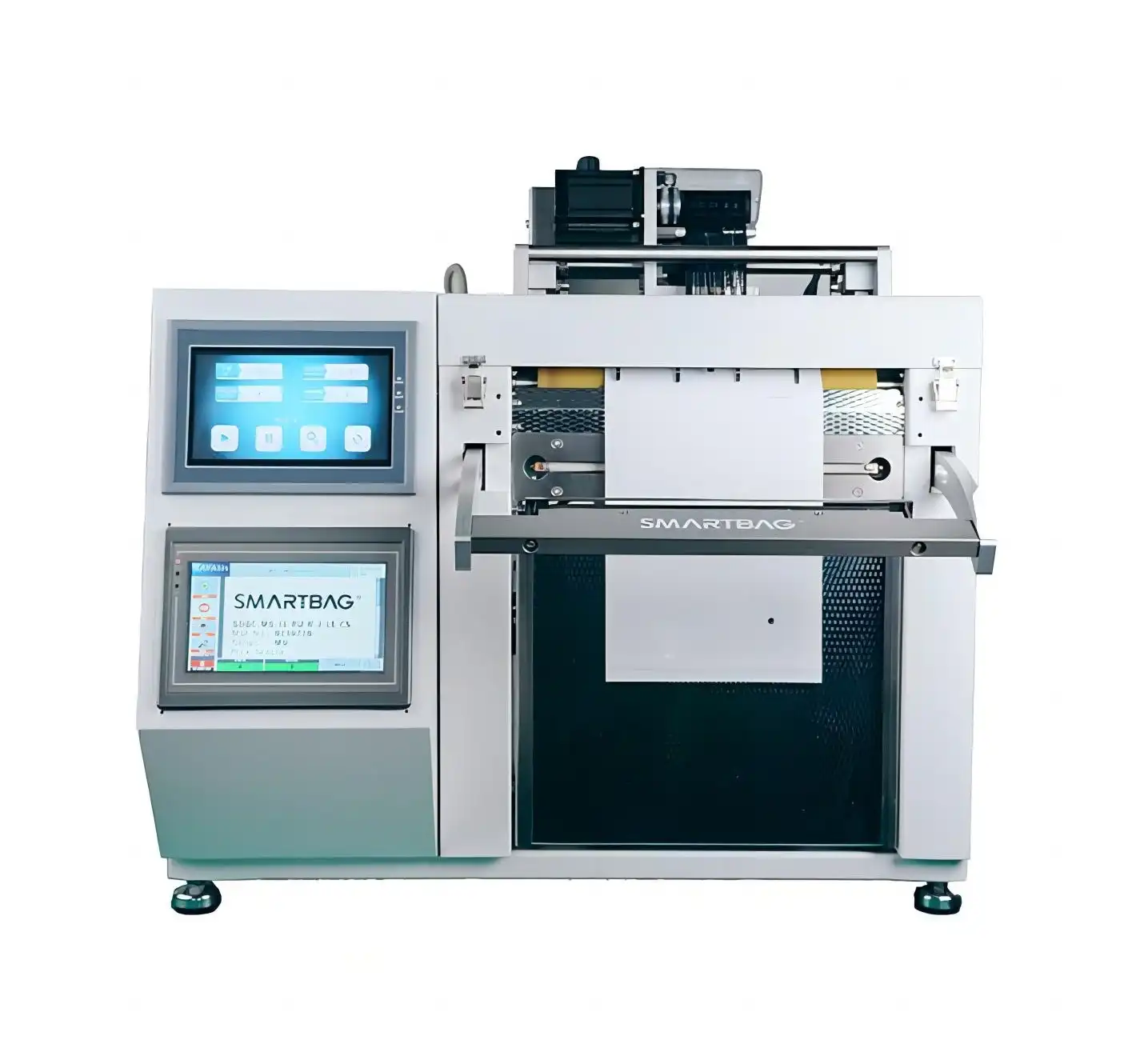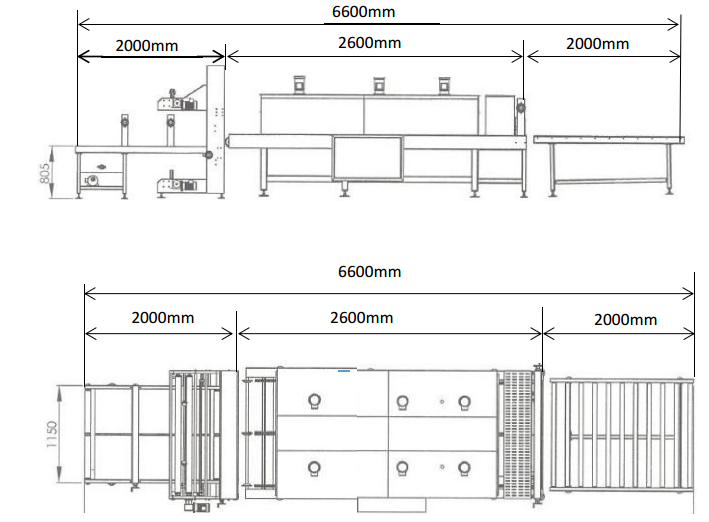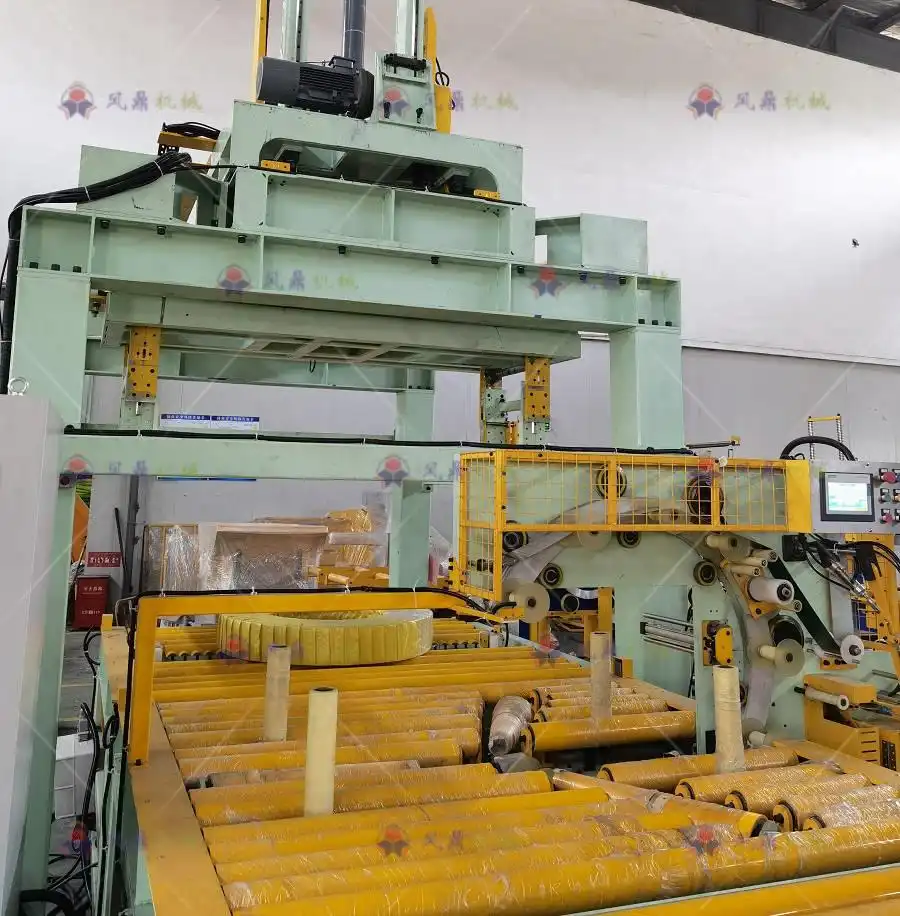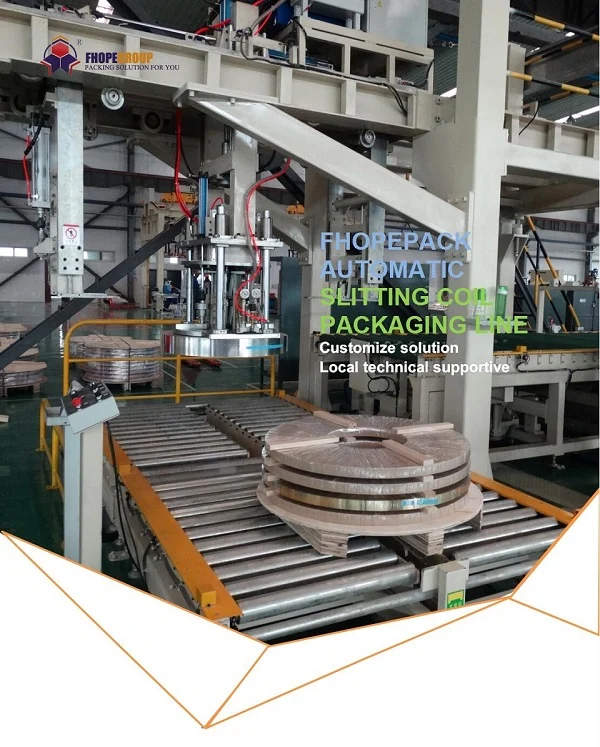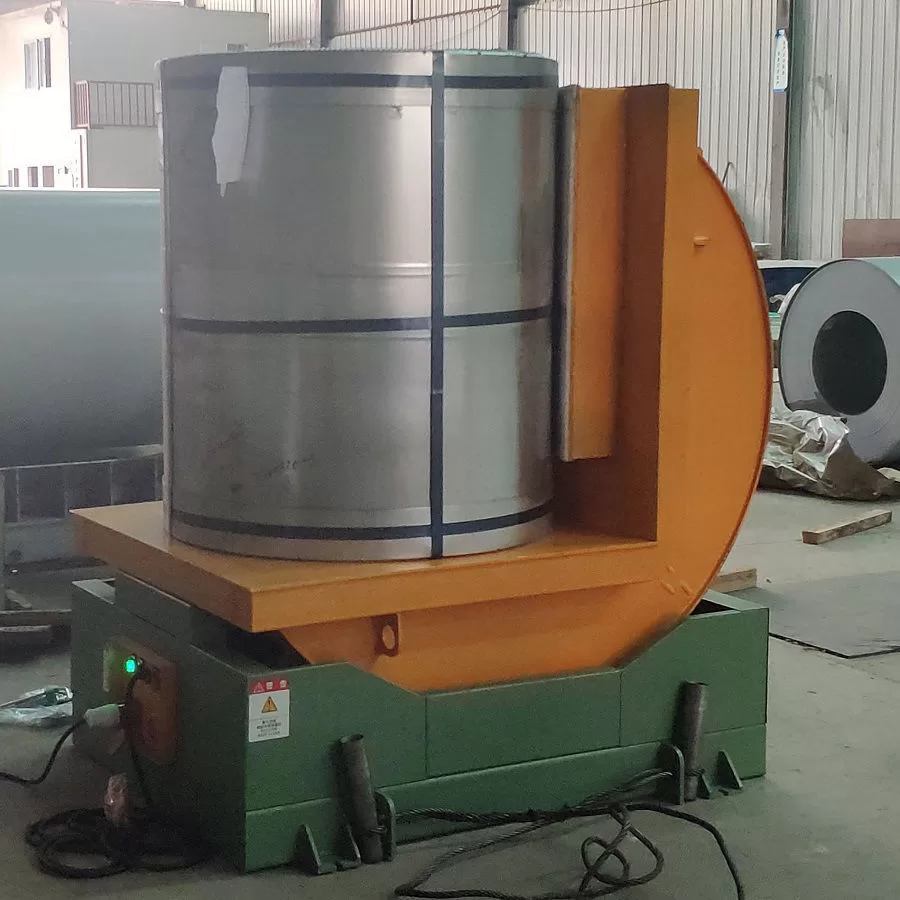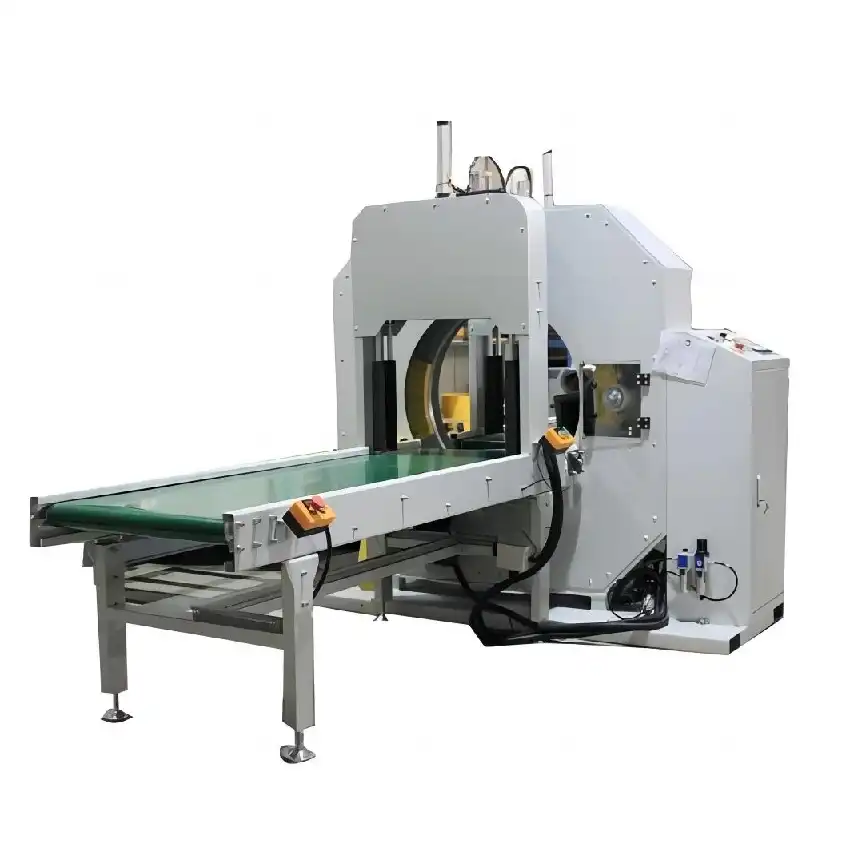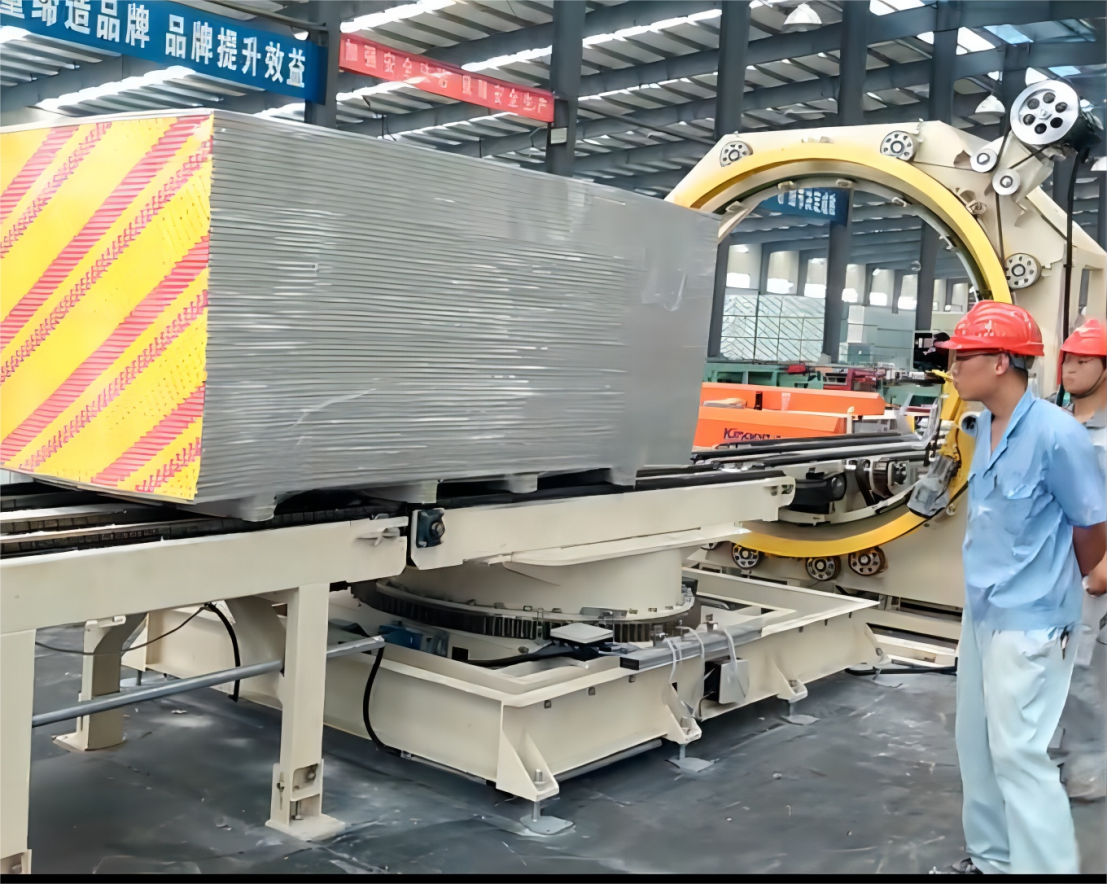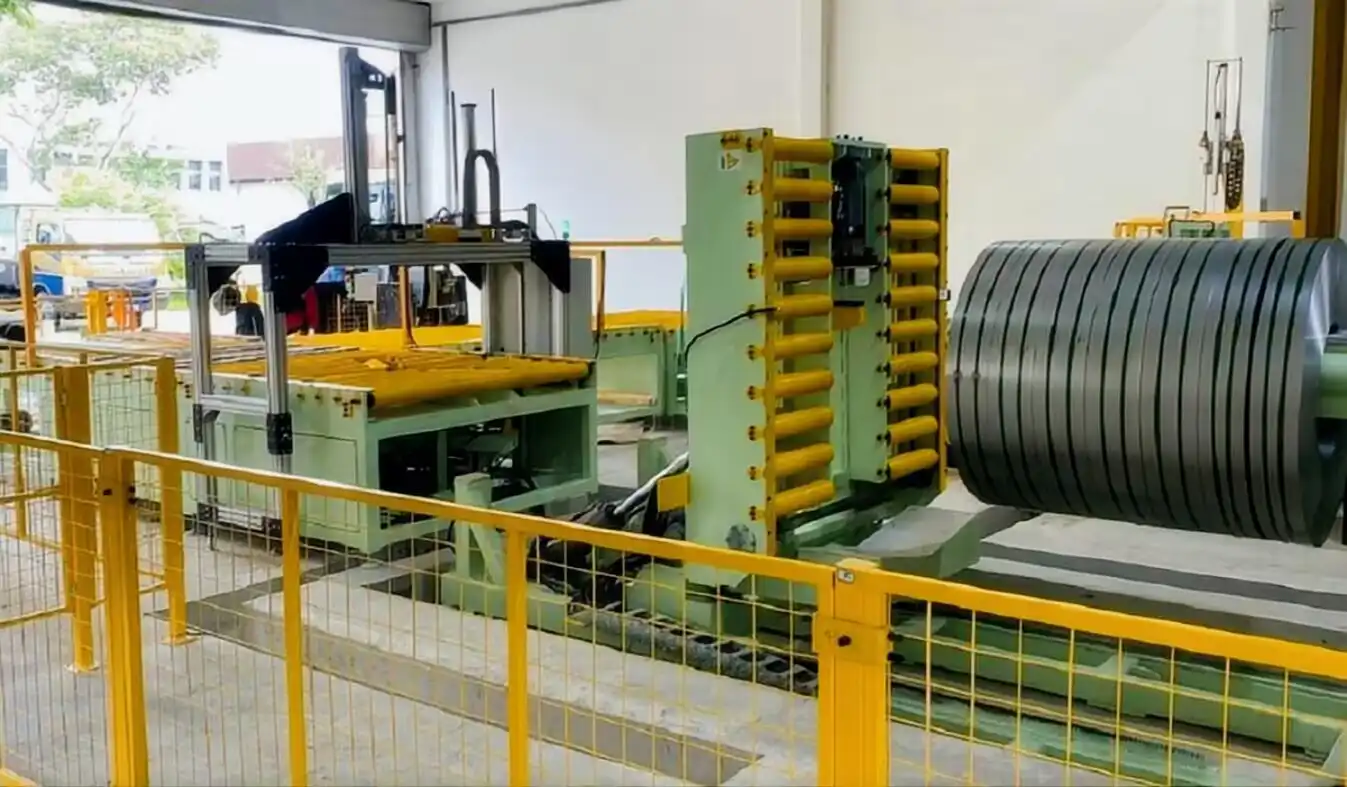Evaluating Solutions: Comparing Horizontal Wrapping Systems for Optimal Performance
In the world of packaging, efficiency and product protection are paramount. Among the various packaging technologies available today, horizontal wrapping systems stand out for their ability to secure a wide range of products, especially those that are long or irregularly shaped, such as pipes, doors, and panels. As businesses aim to improve operational efficiency, reduce labor costs, and ensure consistent product protection, choosing the right horizontal wrapping system is critical. This article will compare various horizontal wrapping systems, evaluate their performance, and help you make an informed decision that aligns with your operational goals.
1. Understanding Horizontal Wrapping Systems
A horizontal wrapping system is a machine designed to apply stretch film or other wrapping materials around products horizontally. Unlike traditional vertical pallet wrappers, horizontal wrapping machines are ideal for securing long products or items that are too wide or awkwardly shaped to be wrapped effectively with other methods.
These systems are widely used across various industries, including manufacturing, construction, and warehousing, for wrapping products like pipes, profiles, wooden planks, doors, and aluminum extrusions. The main goal of these systems is to ensure that products are protected from dust, moisture, and damage during storage or transit.
2. Key Features of Horizontal Wrapping Systems
To make an informed decision, it’s essential to understand the key features that influence the performance of horizontal wrapping systems. Here are the primary features to consider when evaluating different models:
2.1 Machine Size and Capacity
Horizontal wrapping machines come in various sizes, depending on the types of products they can accommodate. The size of the ring or wrapping diameter is a critical factor that determines the dimensions of the products the machine can wrap. Ensure that the machine you choose has a ring size large enough to handle your widest or longest product.
2.2 Wrapping Material Options
Different horizontal wrapping systems support various wrapping materials, including stretch film, shrink film, or plastic. The type of wrapping material can affect the level of protection offered and the cost of operation. Some systems are designed to work with eco-friendly films, reducing environmental impact and material costs over time.
2.3 Automation Level
Automation is a key factor in determining the overall efficiency of a wrapping system. Some machines are fully automated, requiring minimal operator intervention, while others may be semi-automatic or manual, offering a balance between automation and control. Fully automated systems are ideal for high-volume operations, while smaller businesses may prefer semi-automatic options for better cost control.
2.4 Speed and Throughput
The speed at which a horizontal wrapping system operates can greatly impact the overall packaging line efficiency. Machines with adjustable wrapping speeds allow for flexibility depending on the product's size and fragility. High-speed systems are crucial for operations with tight deadlines and high throughput demands.
2.5 Tension Control
The ability to control the tension of the wrapping material is essential for ensuring that the product is tightly secured without being damaged. Adjustable tension settings allow operators to fine-tune the wrap to the specific needs of each product, improving both protection and material efficiency.
3. Comparing Different Types of Horizontal Wrapping Systems
There are several types of horizontal wrapping systems, each offering unique advantages and performance levels. Let's explore the most common types and their optimal applications:
3.1 Manual Horizontal Wrapping Systems
Manual systems require significant operator involvement, where the operator manually feeds the product through the machine and applies the wrapping material. These systems are typically more affordable but are better suited for small-scale operations with low production volumes. They offer flexibility but may not be ideal for high-volume environments due to slower throughput and higher labor costs.
3.2 Semi-Automatic Horizontal Wrapping Systems
Semi-automatic wrapping systems offer a blend of operator control and automation. In these systems, the operator places the product on the machine, but the wrapping process itself is automated. This system strikes a balance between affordability and efficiency, making it suitable for medium-sized operations where cost control and productivity are equally important.
3.3 Fully Automatic Horizontal Wrapping Systems
Fully automatic systems are the top tier in terms of speed, consistency, and labor savings. These machines are designed to handle high-volume packaging lines, automatically feeding products through the wrapping ring and applying the film with precision. Fully automated horizontal wrappers are ideal for large-scale operations that require minimal downtime and maximum efficiency.
4. Evaluating Performance Metrics of Horizontal Wrapping Systems
When comparing different horizontal wrapping systems, it's essential to evaluate specific performance metrics that directly impact your operational efficiency and packaging quality:
4.1 Wrapping Speed and Efficiency
The wrapping speed is one of the most important performance indicators. High-speed systems allow for greater throughput, which is particularly beneficial in industries with tight production timelines. A fully automatic system can process multiple units per minute, significantly increasing productivity compared to manual or semi-automatic machines.
4.2 Material Usage Efficiency
Efficient use of wrapping materials directly affects the overall cost of packaging operations. Systems with pre-stretch capabilities can stretch the film before application, reducing the amount of film required while still providing adequate protection. This feature not only saves material costs but also reduces waste, making it a more environmentally friendly option.
4.3 Consistency and Quality Control
Automation in horizontal wrapping ensures a consistent level of tension and film application, reducing the risk of product damage or inconsistent wrapping. Fully automated systems excel in this area, offering programmable settings that can be adjusted based on product size and shape, ensuring uniform quality across the board.
4.4 Operator Involvement
Reducing operator involvement can lead to significant labor cost savings. Fully automated systems require minimal human intervention, freeing up labor for other tasks. Semi-automatic systems, while still efficient, require some operator oversight, particularly when changing products or adjusting wrapping settings.
5. Industries Benefiting from Horizontal Wrapping Systems
Many industries rely on horizontal wrapping systems to streamline their packaging processes and ensure product protection. Some of the key industries include:
5.1 Manufacturing and Construction
In these sectors, long products like pipes, steel beams, and profiles are common. Horizontal wrapping systems are ideal for securing these items, protecting them from damage during transport and storage.
5.2 Furniture and Woodworking
The furniture industry benefits greatly from horizontal wrapping machines, especially when packaging large, bulky items like tables, chairs, and cabinetry. These systems ensure that products are wrapped securely without damaging the surfaces.
5.3 Textiles and Carpets
Horizontal wrapping systems are often used in the textile industry to wrap rolls of fabric, carpet, or other long goods. The machines provide a secure, tight wrap that prevents contamination and damage during shipping.
6. Choosing the Right Horizontal Wrapping System for Your Business
Choosing the right system involves aligning your packaging needs with the machine’s capabilities. Here's a step-by-step guide to help you evaluate and select the best system:
6.1 Assess Your Product Specifications
Evaluate the size, weight, and shape of the products you need to wrap. This will determine the machine size, ring diameter, and the type of film that will work best for your operation.
6.2 Estimate Production Volume
Consider the number of units you need to wrap per day. High-volume operations benefit from fully automated machines, while lower-volume operations may find semi-automatic systems more cost-effective.
6.3 Determine Desired Automation Level
Automation reduces labor costs and improves consistency. If labor is a significant cost factor in your operation, fully automated systems are ideal. If you're looking for more flexibility, semi-automatic machines may provide the right balance.
6.4 Evaluate Total Cost of Ownership
Beyond the initial purchase price, factor in maintenance costs, energy consumption, and film usage. Pre-stretch and tension control features can significantly reduce film usage, lowering ongoing operational costs.
7. Future Trends in Horizontal Wrapping Technology
As technology advances, horizontal wrapping systems are becoming smarter, faster, and more sustainable. Here are some future trends to consider:
7.1 Integration with IoT and Smart Factories
The integration of Internet of Things (IoT) technologies allows for real-time monitoring of wrapping systems, providing valuable data on performance metrics, material usage, and machine health. This trend is driving greater efficiency and predictive maintenance in packaging operations.
7.2 Sustainability and Film Innovation
As companies prioritize environmental sustainability, film manufacturers are developing thinner, stronger materials that reduce plastic usage without compromising product protection. This trend is expected to continue as companies seek eco-friendly solutions.
7.3 Modular Design for Customization
Future horizontal wrapping systems will likely offer more modular designs, allowing businesses to customize their machines based on changing needs. This will enable companies to adapt to new products and packaging requirements without significant investments in new equipment.
8. Conclusion
Choosing the right horizontal wrapping system can transform your packaging operations by improving efficiency, reducing labor costs, and ensuring consistent product protection. By evaluating your specific product needs, production volume, and desired automation level, you can make an informed decision that enhances your overall packaging performance. As technology evolves, incorporating advanced features such as IoT integration and sustainability measures will further future-proof your investment, ensuring long-term operational success.
Whether you're a high-volume manufacturer or a smaller operation looking to improve your packaging process, the right horizontal wrapping system can offer substantial benefits in terms of speed, efficiency, and product quality.
